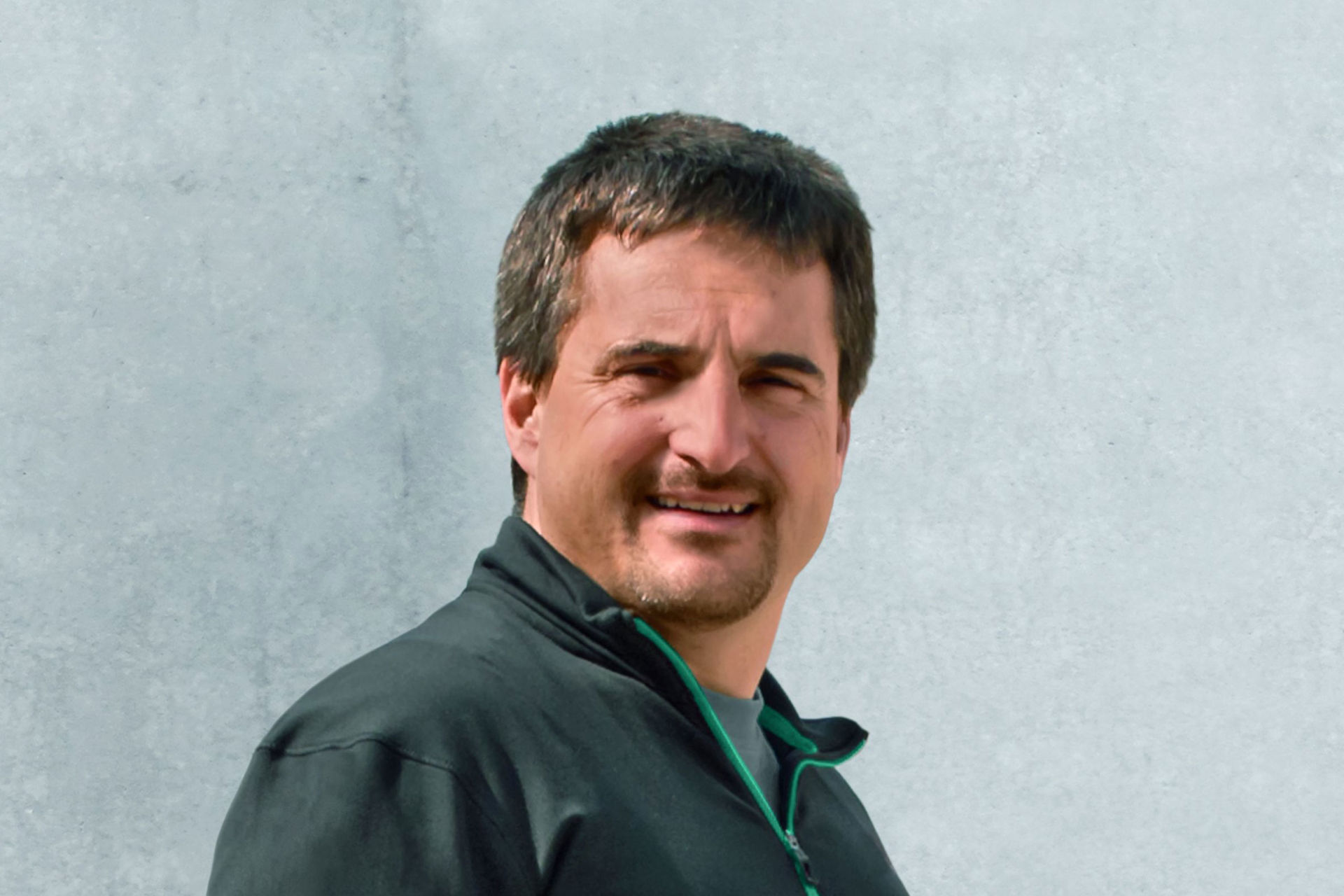European Heat Pump Summit Newsroom
Chilling with Hackl

Refrigeration and air conditioning technology are a constant presence in our daily lives. Without refrigerated transport and then storage in supermarket chiller cabinets, our food would only keep for a few days. Surgical procedures in warm operating theatres and the storage of transplant organs would also be inconceivable. We come across refrigeration technology, with all the benefits it brings, far more often that we are aware of. Certain winter sports also benefit hugely from refrigeration systems.
Georg Hackl is an expert when it comes to the cold. The veteran luger has whirled through the ice track countless times and knows what it takes to get it right.
Mr Hackl, what does the cold mean to you and your sport?
In an emotional sense I have always loved that beautiful, dry coldness. That is the perfect weather in winter, a genuine winter's dream. From a technical viewpoint, the cold is indispensable to me, because I like to use frozen food that lasts a long time without added chemicals. In summer I also really love to cool my drinks with ice cubes. For luging, artificially created ice also plays a very big role. Whereas other types of sport like ski jumping or the biathlon depend on the wind and weather conditions being favourable, we can use the ice track almost all winter regardless of the weather. This is why artificially produced ice is absolutely essential for the sport of luging.
Would competitive luging even be possible without refrigeration technology and the artificial ice it produces?
Yes but only in certain regions that have the right climatic conditions. St. Moritz, for example, has the last remaining man-made track with a natural ice channel. But quite clearly, luging could only be done to a limited extent and without refrigeration technology it would not be at the level that it is now.
What other kinds of sports do you think are especially dependent on refrigeration technology?
Apart from luging and bobsleigh, definitely speed skating and figure skating. Actually everything that moves on skates at any speed.
To what extent did you have to know the ins and outs of refrigeration technology and/or artificial ice, to be a successful luger?
To make best use of the racing track I invested a lot of effort getting to know about the properties of artificial ice. Depending on the temperature of the ice, different runners will glide better or worse on the track. The runner, as the interface between the luge and the surface, has to be adapted to the ice conditions. As lugers, we are always wonder what strategy has been pursued by the ice master, the specialist who controls the refrigeration units and therefore the temperature of the ice. Under certain circumstances the choice of runners will decide the competition.
Do you get a chance to talk to the ice specialist?
No, although that would be very practical the ice master is a kind of referee and adjusts the temperature of the ice so that it is fair towards all competitors. Otherwise, for example, the earlier starts would have an advantage in the case of extreme cooling.
You have always built your luges yourself, haven't you? What did you focus on in particular?
When optimising the luge there are various aspects to focus on. When designing the aerodynamic construction method it is above all important to adapt the shape of the luge to the athlete’s body contours. The construction of the chassis and the design of the steel runners are also crucial. Depending on ice conditions they have to be tailored to one another. I am currently building the luges for some of the German national team. I am very proud that it has already had some success with my equipment.
You were also always successful in the world wok-racing championships. What are the differences between wok racing and luging and which do you like best?
There are huge difference between the two sports. There are no set rules in wok racing. Everyone can do what they like. At the start it was also pretty funny to see the different tactics used, but then it all started to get rather dangerous. Many competitors quickly noticed that heating the wok doesn't work, because the material is too thin and it cools down again too quickly. So then they started trying to score points with a lot of weight. Completely weighed down with lead, some wok "drivers" had to be supported by several people. The run itself is also completely different. It is very strenuous and can also be painful at times to be constantly hurled against the boards. The wok cannot be steered at all. You really are just a plaything at the mercy of the elements.
Mr Hackl, you will be our guest at Chillventa. What is your role at the trade fair and what are you looking forward to in particular?
I am fascinated by the refrigeration sector. Especially because today the focus is on solutions that produce heat and cold in very smart ways. I am also interested in seeing what has been happening with regenerative technologies. I will be available to visitors for autographs and photos and I will be presenting the prizes to the winners of the Federal Skills Competition, which requires the young contestants to build a working refrigeration system in the midst of the trade fair action.
For comprehensive information about energy efficiency, heat pumps and refrigeration technology visit Chillventa, which will take place at Exhibition Centre Nuremberg from 11-13 October 2016.
For more information about Chillventa and the industry please visit our newly established Chillventa Newsroom: www.chillventa.de/en/news
